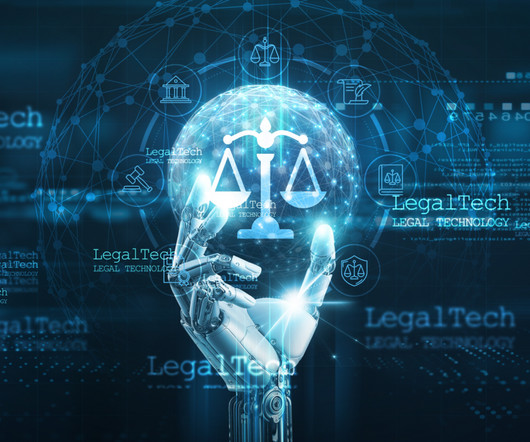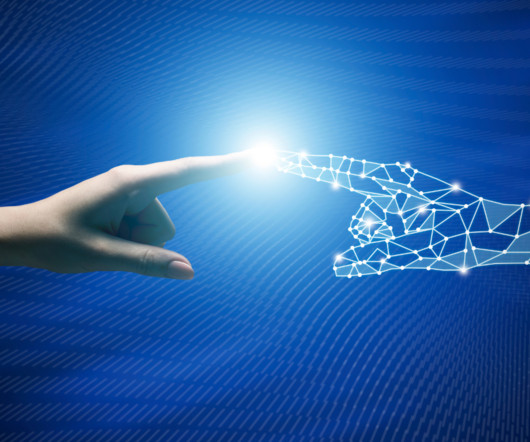Using AI to Track You Down Through Your 3D Printer
Brett Trout
JUNE 18, 2025
In a world where your printer can’t help but snitch on you, it just makes sense to treat every part you 3D print like it comes with your actual fingerprint. Because, in a way, it does.






















Let's personalize your content